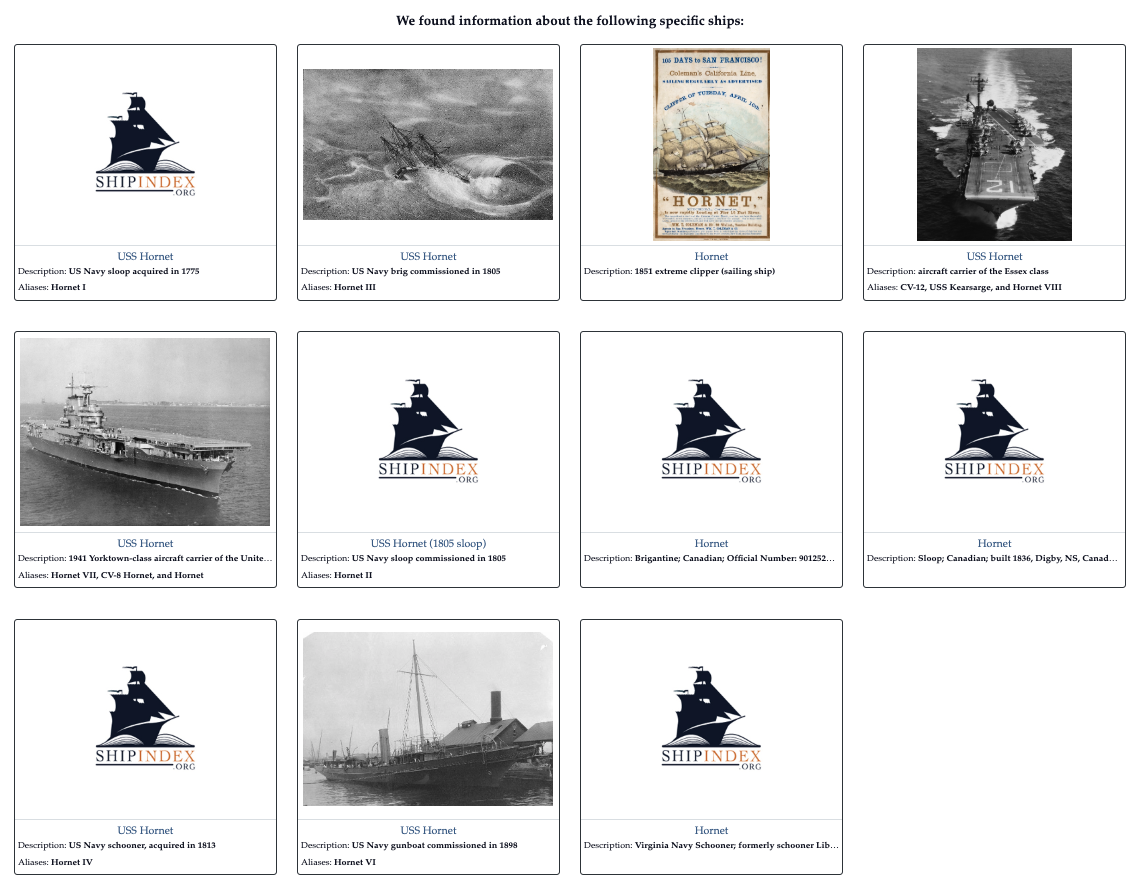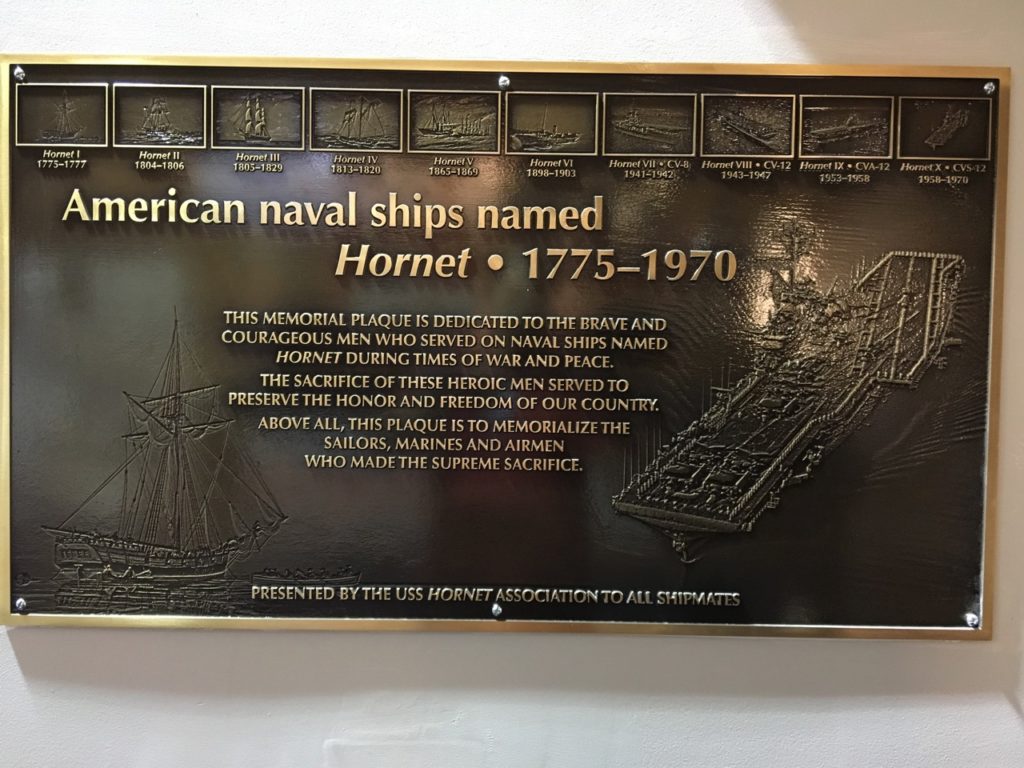Wow – it’s been quite a while since I last posted anything to the blog. One would be forgiven for thinking we’d disappeared. But we haven’t. In fact, we’ve been working away, adding new content, adding new (mostly backend) functionality, trying new marketing work, and more. But first, we’ve hit a big milestone — yesterday, we loaded our ONE THOUSANDTH resource! I’ll admit, I’m pretty astounded at that. Here’s a list of what we’ve added since the last blog post:
- Benham, Hervey. Down Tops’l: The Story of the East Coast Sailing-Barges. London: Harrap, 1986.
- Bennett, Frank M. The Monitor and The Navy Under Steam…with illustrations. Cambridge: The Riverside Press, 1900.
- Berry, Stephen Russell. A path in the mighty waters : shipboard life and Atlantic crossings to the New World. New Haven and London: Yale University Press.
- Carlisle, Rodney. Sovereignty at Sea: U.S. Merchant Ships and American Entry into World War I. Gainesville: University Press of Florida, 2018.
- Cooling, Benjamin Franklin. Gray steel and blue water Navy the formative years of America’s military-industrial complex 1881-1917. Hamden, Connecticut: Archon Books, 1979.
- Delgado, James P. War at Sea: A Shipwrecked History from Antiquity to the Cold War. New York, NY: Oxford University Press, 2019.
- Dent, Graham. Goldsmiths of Grays: “Pickfords of the North Sea”; A History and Fleet Biography. Ware, Hertfordshire: Chaffcutter Books, 2018.
- Dodge, Ernest S. Beyond the Capes : Pacific exploration from Captain Cook to the Challenger 1776-1877. London: Victor Gallancz Ltd, 1971.
- Edwardes, Arthur D. Arthur D. Edwardes Collection of Ship Photographs. Adelaide, Australia: State Library of South Australia.
- Fell, William Richmond. The Sea Surrenders. London: Cassell & Co., 1960.
- Fildes, R.D. The Ships that Serve Australia and New Zealand, Volume Two: Overseas Flag Vessels. Sydney, NSW: Searail Productions, 1983.
- Gray, Edwyn. Disasters of the Deep: A Comprehensive Survey of Submarine Accidents & Disasters. Annapolis, Maryland: Naval Institute Press, 2006.
- Greenwood, John Orville. Namesakes of the 90’s: the Factual Story with Photographs of Currently Existing Commercial Freight, Passenger, and Carferry vessels in the Great Lakes Fleet Telling the “Why” and the Meaning of Each Vessel’s Name with 350 Ship Names. Cleveland, OH: Freshwater Press, 1991.
- Havighurst, Walter. Voices on the River: The Story of the Mississippi Waterwayw. New York: Macmillan, 1964.
- Haws, Duncan. Glen and Shire Lines (Merchant Fleets in Profile, no. 22). 1991.
- Heck, Timothy, and B. A. Friedman. On Contested Shores : The Evolving Role of Amphibious Operations in the History of Warfare. Quantico, Virginia: Marine Corps University Press, 2020.
- Hennessy, Mark William. The Sewall ships of steel. Augusta, ME: Kennebec Journal Press, 1937.
- Jackson, Gordon. The British Whaling Trade. London: Adam & Charles Black, 2004.
- Leeke, Jim. Manila And Santiago : the New Steel Navy in the Spanish-American War. Annapolis, Maryland: Naval Institute Press, 2013.
- Maclay, Edgar Stanton, A. M. A history of American privateers. New York: D. Appleton and Company, 1899.
- Mawdsley, Evan. The War for the Seas: A Maritime History of World War II. New Haven, London: Yale University Press, 2019.
- McBride, William M. Technological change and the United States Navy, 1865-1945. Baltimore & London: The Johns Hopkins University Press, 2000.
- Mitchell, W. H., and L. A. Sawyer. The Oceans, The Forts and The Parks. Liverpool: Sea Breezes, 1966.
- Nagy, Steve, and Teeter Bibber. The Herreshoff Registry. 2004-.
- Noble, Dennis L. Lighthouses & Keepers : the U.S. Lighthouse Service and its Legacy. Annapolis, Maryland: Naval Institute Press, 2014.
- Perkins, Roger. Medals to the Navy: 1588 to 2013: including the Dieppe raid of 1942. Published privately, 2005.
- Phillips, Michael, and Patrick Marioné. Ships of the Old Navy: A History of the Sailing Ships of the Royal Navy. Patrick Marioné, 2007?.
- Porter, David D. The naval history of the Civil War. New York: The Sherman Publishing Company, 1886.
- Porter, Jane Molloy. Friendly edifices : Piscataqua lighthouses and other aids to navigation 1771-1939. New Hampshire: Peter E. Randall Publisher LLC, 2006.
- Puryear, Pamela Ashworth, and Nath WInfield. Sandbars and Sternwheelers: Steam Navigation on the Brazos. College Station, TX: Texas A & M University Press, 1976.
- Richards, Nathan. Ship’s Graveyards : Abandoned Watercraft and the Archaeological Site Formation Process. Gainesville: University Press of Florida.
- Scharf, John Thomas. History of the Confederate States Navy from its organization to the surrender of the last vessel. Albany, New York: Joseph McDonough, 1894.
- Scheina, Robert L. US Coast Guard cutters and craft of World War II. Annapolis, MD: Naval Institute Press, 1982.
- Tomblin, Barbara Brooks. With Utmost Spirit: Allied Naval Pperations in the Mediterranean, 1942-1945. Kentucky: The University Press Kentucky, 2022.
So, we’ve been working hard at adding new content. Getting to ONE THOUSAND resources is HUGE, in my book! We’ve got more to go, I assure you.
On the technology side, we have converted most of our subscription processing from PayPal to Stripe. We think that’s better for us, and better for our customers. If you have an opinion otherwise, I’d be glad to hear it; for now, we think it will make things easier for users. We have some more work coming soon, this time on the login process.
As always, if you have suggestions for content to add to the database, or questions about how it works, please contact me at comments (at) shipindex (dot) org, and share your thoughts, suggestions, and ideas. Until then, fair winds!



